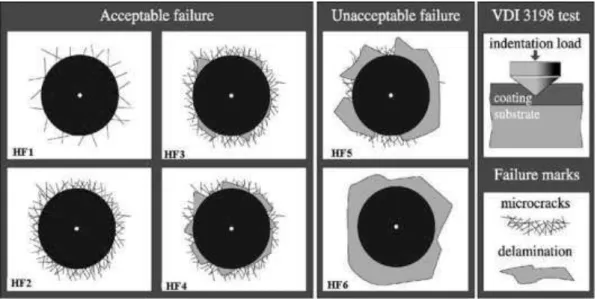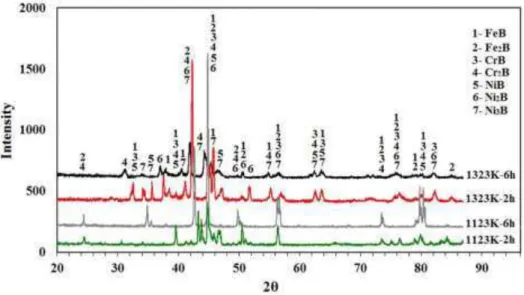Matéria (Rio J.) vol.21 número1
Texto
Imagem




Documentos relacionados
two-body wear values of lowable resin composites for posterior restoration using a mechanical loading device, demonstrated that the wear resistance of the lowable resin
The results of the biomechanical analysis of mastication showed that the occlusal adjustment by selective tooth wear generated increase in the range of mandibular
The diminution of the wear volume and the consequent increase in the material wear resistance of the material under an 8.3-N load for sliding distances above 1250 m may be related
Sample Z3 of Ti6Al4V-5Cu alloys deposited with the laser power of 1200 W and scanning speed of 0.3 m/min has the lowest wear loss.. It was strangely fascinating that the wear loss
It is shown in this paper that the observed wear rate was higher for the unreinforced aluminium alloy when compared to the Al/TiB 2 reinforced composites.. Wear rate was decreased
Figure 18(b) shows the wear depth on the journal surface for three wear periods, here, for wear phenomenon analysis purposes only, the wear profile on the journal is subtracted to
Concerning the effect of mechanical system on wear, sub- surface examination confirms occurrence of different wear mechanisms in the tests with reciprocating and
Initially, surface roughness is positively affected by the wear progress to different extents depending on wear rate. On reaching a wear level above 0.2 mm, surface roughness tends

